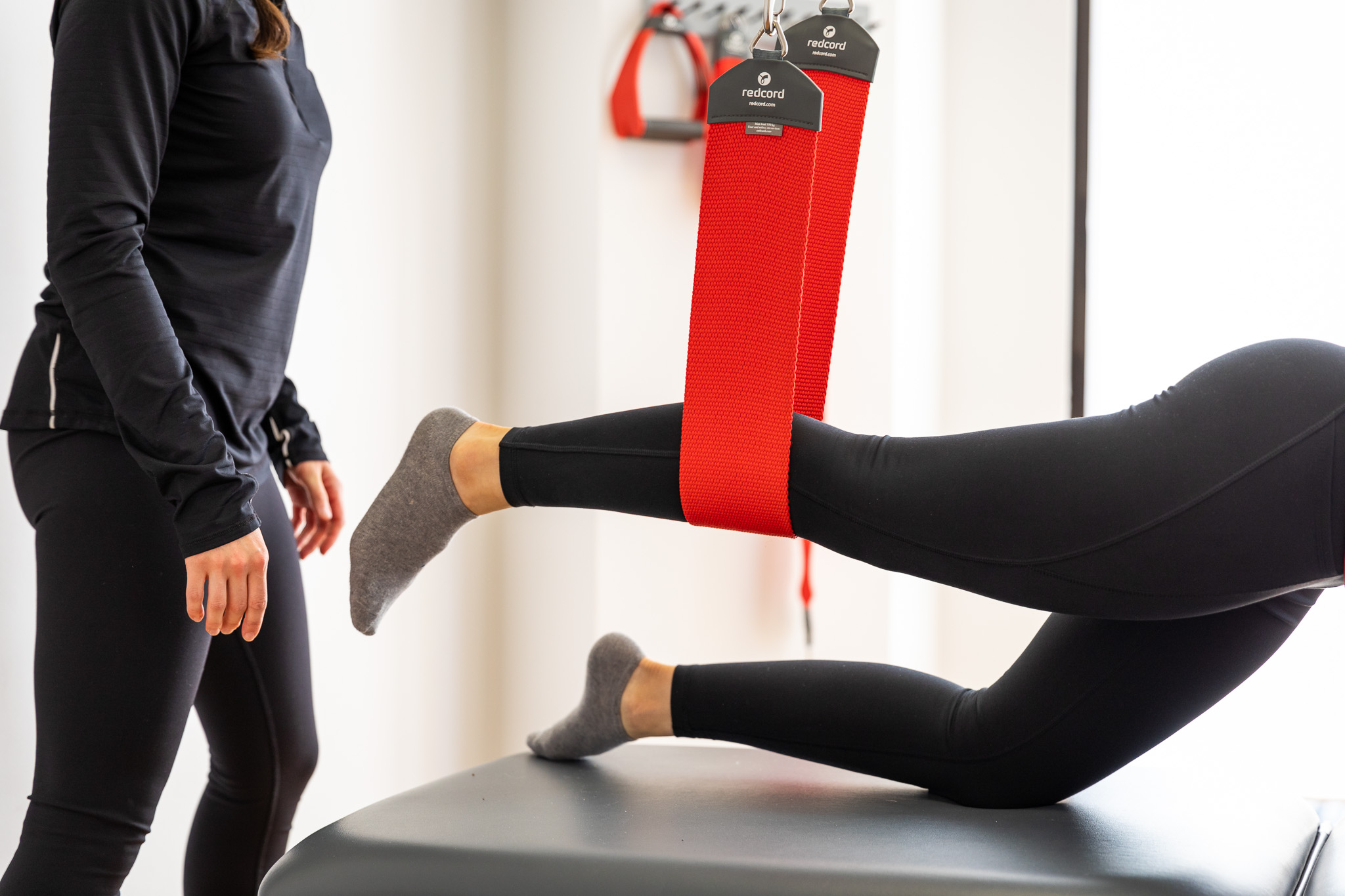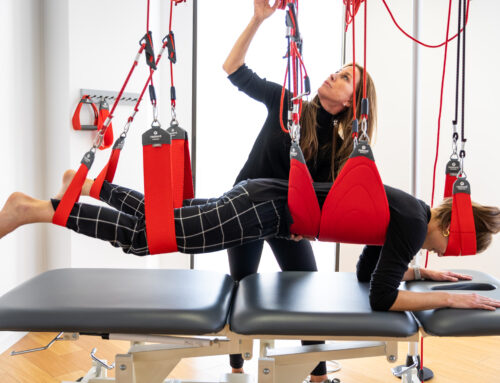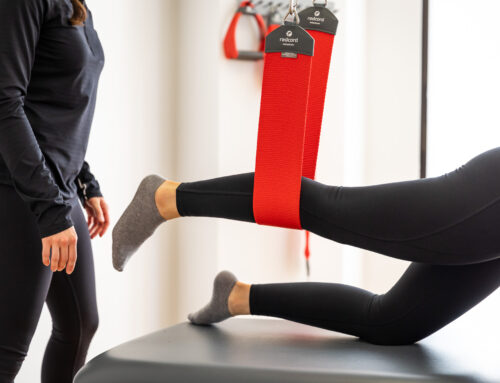Purpose: This study investigated the changes in the muscle activities of the trunk and lower limbs of healthy adults during a one-legged bridge exercise using a sling, and with the addition of hip abduction.
Subjects and Methods: Twenty-seven healthy individuals participated in this study (14 males and 13 females). The participants were instructed to perform the bridge exercises under five different conditions. Trunk and lower limb muscle activation of the erector spinae (ES), external oblique (EO),
gluteus maximus (GM), and biceps femoris (BF) was measured using surface electromyography. Data analysis was performed using the mean scores of three trials performed under each condition. Results: There was a significant increase in bilateral EO and contralateral GM with the one-legged bridge compared with the one-legged bridge with sling exercise. Muscle activation of the ipsilateral GM and BF was significantly less during the one-legged bridge exercise compared to the one-legged bridge with sling exercise, and was significantly greater during the one-legged bridge with hip abduction compared to the one-legged bridge exercise. The muscle activation of the contralateral GM and BF was significantly greater with the one-legged bridge with hip abduction compared to the general bridge exercise.
Conclusion: With the one-legged bridge with hip abduction, the ipsilateral EO, GM and BF muscle activities were significantly greater than those of the one-legged bridge exercise. The muscle activation of all trunk and contralateral lower extremity muscles increased with the bridge with sling exercises compared with general bridge exercises.
Key words: Bridge exercise, Surface electromyography, Lower extremity





